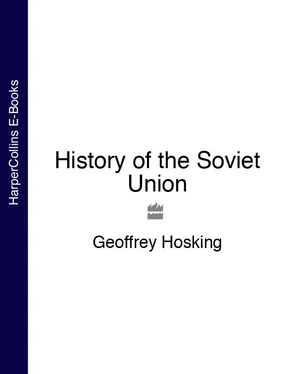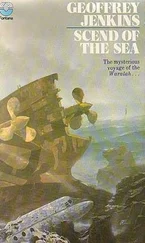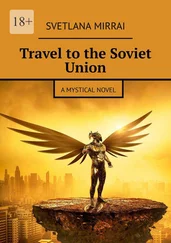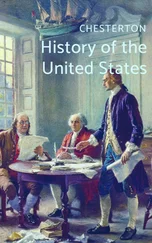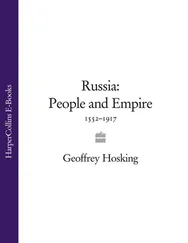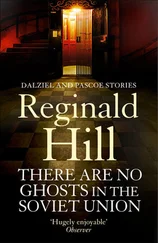The Assembly movement did spread to other parts of Russia, and organized a number of stoppages and protests directed against Communist policy. It looks as if the movement mainly attracted workers from sectors such as metalworking and armaments, which had suffered particularly severe dislocation at the end of the war. The assembly’s debates reflect the alarm and disorientation of such workers. On the other hand, many workers continued to identify ‘soviet power’ with the Communists, seeing them as their best hope in a bewildering and dangerous world. In June 1918 the Communists received working-class support in the elections to the Petrograd Soviet, while the general strike called by the assembly on 2 July fizzled out. Its failure was partly due to increased governmental pressure. The whole Moscow bureau of the Extraordinary Assembly was arrested, and the Red Army cordoned off the entire Nevsky district of Petrograd (the southern industrial area where the assembly was especially strong) and declared martial law there.
By the summer of 1918, though many, perhaps most workers were profoundly disillusioned with Communist rule, they had no convincing alternative to which to look. This may account for the haphazard and inconclusive nature of their activity, compared with the previous year. Most, in any case, were more preoccupied with survival. In 1917 they had felt themselves to be on an upswing, creating the future through the new democratic institutions they had themselves brought into being. Now they had ostensibly achieved their aims, yet were faced by poverty, insecurity and oppression such as they had never known before. The institutions they had created were now being used against them. Of the two political parties who might have articulated and channelled their grievances, the Mensheviks had pledged themselves to strictly legal activities through the soviets, while the Socialist Revolutionaries were divided and ambivalent about whether to oppose the Bolsheviks outright. One Menshevik summed up the workers’ political mood in June 1918 as follows: ‘To hell with you all, Bolsheviks, Mensheviks, and the whole of your political claptrap.’
This disillusionment and uncertainty, combined with the increasing repression now being applied by the Communists, probably explain the failure of the Assembly movement. On 21 July, the Cheka finally arrested all 150 participants at a congress and took them to the Lubyanka, where they were accused of plotting against the Soviet government and threatened with the death penalty. In the event, however, they were all gradually released over the next few months. The age of rigged trials against supporters of the October revolution had not quite arrived.
The workers were not again able to mount such a widespread challenge to Communist rule, but their voting behaviour in the soviets during 1919–21 showed the extent to which they had become disillusioned. Some of their support went to the Mensheviks, who maintained a strong presence in the trade unions, especially among the printers. The Mensheviks also sent an increasing number of delegates to the soviets, even though they were banned from them for several months after June 1918. Even after they were readmitted they faced constant official harassment: the candidates would be detained shortly before an election, or Menshevik votes would be disqualified on technical grounds. Since soviet voting was by show of hands, moreover, it was easy for Menshevik voters to be victimized. In view of all this, it is a tribute to their tenacity that they still had any deputies at all in the soviets: one or two were elected as late as 1922, after which the party’s Central Committee (or its surviving members in emigration) forbade further participation in soviet elections, as too dangerous for the voters. By that time, anyway, all the party’s leaders still inside Russia had been arrested by the Cheka. The Mensheviks’ main political activity thereafter was to publish an émigré journal, Sotsialisticheskii vestnik (The Socialist Herald), which evidently claimed an extensive network of correspondents inside the country: over the next decade it published abundant accounts of working-class life in the Soviet Union, which are invaluable to historians.
The working-class movement was also, of course, gravely weakened by hunger, poverty and the drain of so many town-dwellers. By 1921 the industrial working population was at about a third of its 1917 level, and was poorer in every respect. The Communists had their own ideas about how to restore this supposed social base of their rule. To absorb soldiers coming out of the Red Army at the end of the civil war, the Central Committee resolved early in 1920 to convert certain army units into ‘labour armies’–thus the Third Army became the First Labour Army. The railways and certain key industrial enterprises were placed under military discipline, and political commissars from the Red Army were brought in to replace trade union officials. ‘Labour soldiers’ felled trees, cleared roads, rebuilt bridges and restored railway lines. All this was supposed to facilitate the transition to a peacetime planned economy, without the disruption which demobilization would have brought. Some Communists thought that in any case the ‘labour army’ was the appropriate industrial unit in a socialist society. ‘In a proletarian state, militarization is the self-organization of the working class,’ proclaimed Trotsky. And in an Order of the Day he exhorted them, ‘Begin and complete your work … to the sound of socialist songs and anthems. Your work is not slave labour but high service to the socialist fatherland.’
Not everyone agreed. The Workers’ Opposition (see below, pages 89–90) were strongly resistant to the idea, and in the great crisis of February-March 1921 (pages 90–2) Lenin came over to their way of thinking (on this issue alone). Apart from the enormous resentment the labour armies aroused among soldiers who wanted to get back home, their actual work achievements were unimpressive. In 1921 they were abolished.
By 1921, the Communists were the only significant political force in Soviet Russia. They were also an enormously important social force. Most of the other classes of Russian society had been destroyed or gravely weakened in the revolution and civil war–even the working class in whose name the Communists ruled. In the absence of any ruling class, the full-time officials of the Communist Party and the Soviet state came closest to fulfilling that function. Of course they could not yet be regarded as a social class in the full sense: their power and their institutions were as yet embryonic, likewise their customs and their culture, and they certainly had not devised a means of perpetuating their power and privilege. In many ways the history of Soviet Russia might be regarded as the history of their efforts to extend this embryonic power and privilege into a permanent, secure and accepted acquisition, such as any ruling class expects to have.
Anyone who had known the Bolsheviks in February, or even October, 1917, would have found them in many ways difficult to recognize in 1921. In February they had been a party of underground and exile, small, loosely organized (in spite of Lenin’s principles), quarrelsome, but lively, spontaneous, and beginning to make real contact with the mass of the population, especially the workers and soldiers. In October the party still looked much the same, though by then it had perhaps ten times as many members, and close contact with the mass of workers and soldiers, to whose aspirations it was far more sensitive than any other party at the time. By 1921, it had changed in almost every respect. It now had a mass membership, including many who were in it for careerist reasons; it was tightly organized, rigid, intolerant of divergent views, and out of touch with the mass of the people, indeed regarded by most of them with resentment and fear. The Tenth Party Congress in March 1921 sanctified the final stages of this transformation.
Читать дальше
